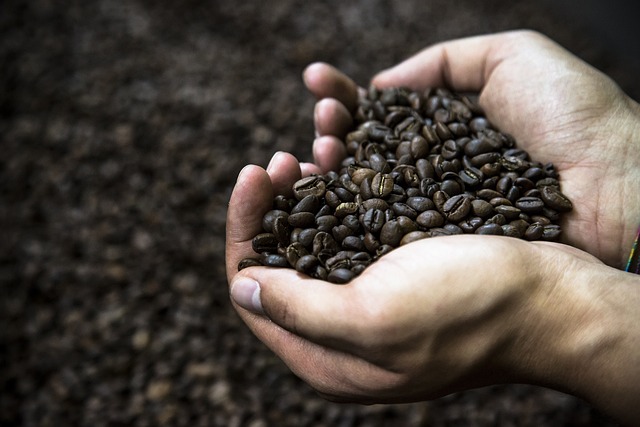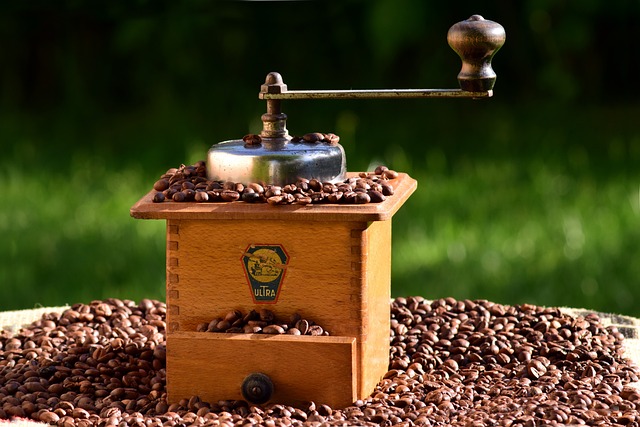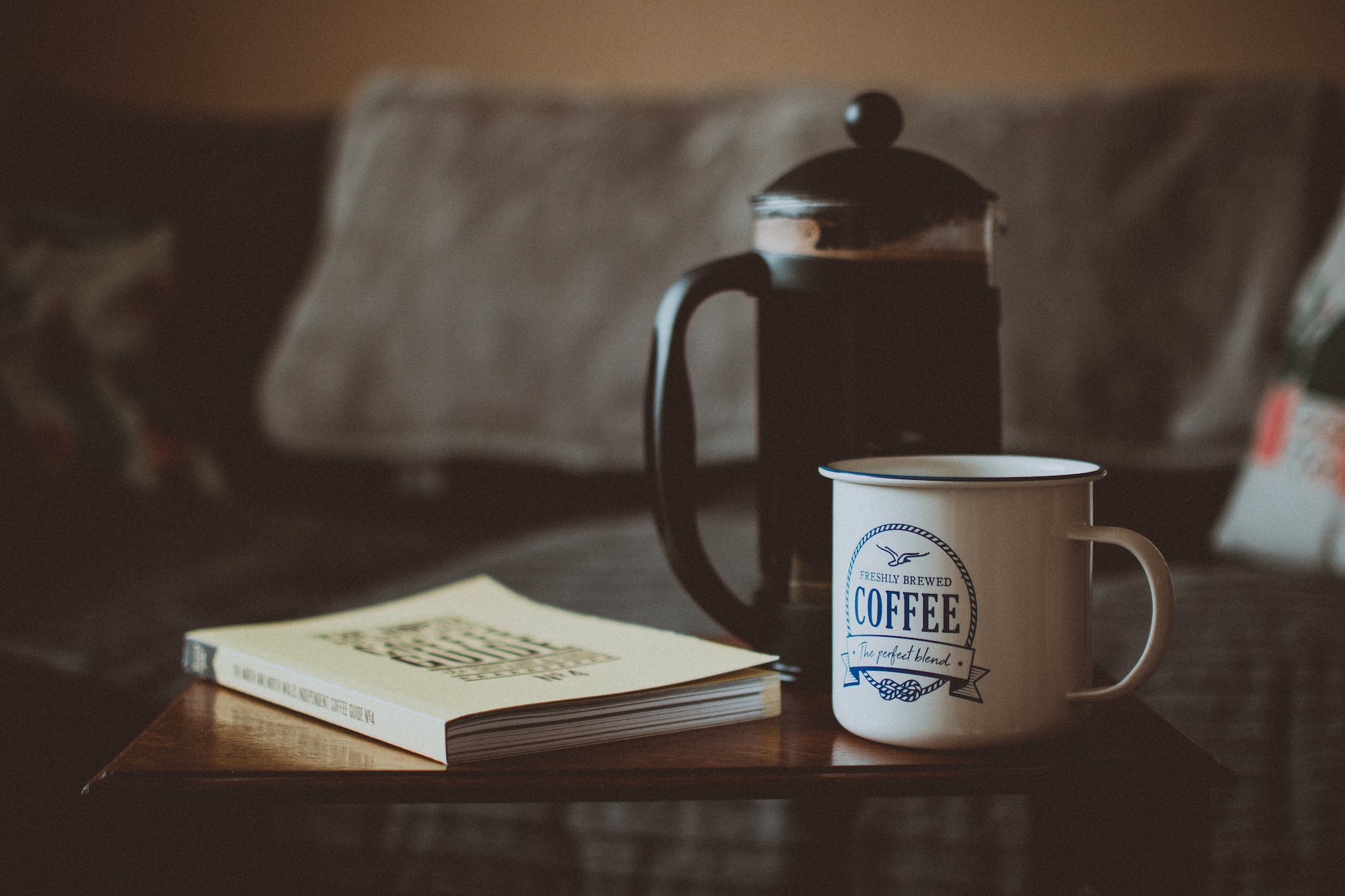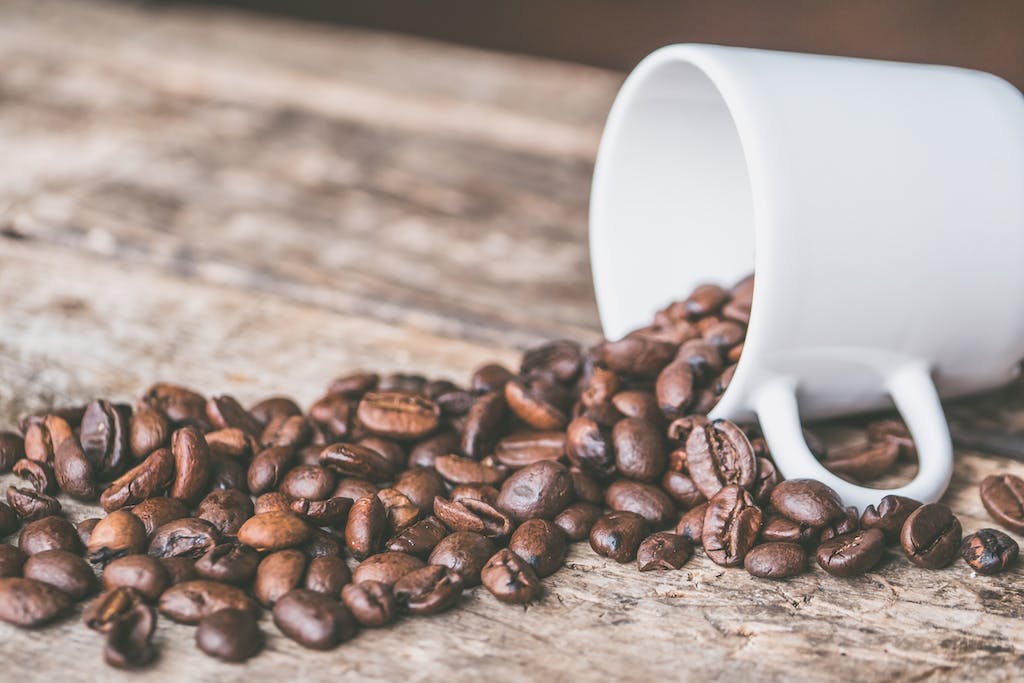Best Coffee for Energy: Boost Your Productivity with These Picks
There are some affiliate links below, but they are all products I highly recommend. For more info, view my disclosure here.
Do you often find yourself feeling sluggish and tired throughout the day? If so, you may be in need of an energy boost. While there are many ways to increase your energy levels, one of the most popular methods is through the consumption of coffee.
Not all coffee is created equal when it comes to providing an energy boost. In this article, we will explore the best coffee for energy and how it can help you power through your day.
When it comes to coffee for energy, it’s important to consider the type of coffee bean and the brewing method. Certain types of coffee beans, such as Arabica and Robusta, contain higher levels of caffeine than others.
The brewing method can affect the caffeine content of the coffee. For example, espresso typically contains more caffeine than drip coffee. By understanding these factors, you can choose a coffee that will provide you with the most energy.
So, what is the best coffee for an energy boost? While it ultimately depends on your personal preferences, there are certain types of coffee that are known for their energizing effects. In the following sections, we will explore some of the best coffee options for boosting your energy levels and keeping you alert throughout the day.
Types of Coffee Beans
When it comes to coffee, the type of beans you choose can make a big difference in the taste and energy boost you get. There are two main types of coffee beans: Arabica and Robusta.
Arabica Beans
Arabica beans are the most popular type of coffee bean and are known for their rich, complex flavors. They are grown at high altitudes and have a lower caffeine content than Robusta beans. Arabica beans are often more expensive due to their high quality and are a popular choice for specialty coffee drinks.
Robusta Beans
Robusta beans are known for their high caffeine content and strong, bitter taste. They are grown at lower altitudes and are more resistant to pests and disease than Arabica beans. Robusta beans are often used in blends to add a kick of caffeine and are a popular choice for espresso drinks.
Both Arabica and Robusta beans offer health benefits such as antioxidants and potential protection against certain diseases. However, it’s important to note that adding sugar and cream to your coffee can negate these benefits.
In summary, the type of coffee bean you choose can greatly impact the taste and energy boost you get from your coffee. Whether you prefer the rich flavors of Arabica or the high caffeine content of Robusta, there is a coffee bean out there for everyone.
Caffeine Content by Brew
When it comes to getting an energy boost from coffee, the caffeine content is what counts. Different brewing methods can affect the amount of caffeine in your cup, so it’s important to know which method will give you the most bang for your buck.
French Press
French press coffee is known for its strong flavor, but how does it stack up in terms of caffeine content? On average, a cup of French press coffee contains 80-135 mg of caffeine, depending on the strength of the brew. This is because the French press method allows for more of the coffee’s natural oils and flavors to be extracted, resulting in a stronger cup of coffee.
Espresso
If you’re looking for a quick energy boost, espresso might be your go-to. A single shot of espresso contains about 63 mg of caffeine, while a double shot has around 125 mg. However, keep in mind that espresso is typically served in smaller portions than other brewing methods, so you may need to drink more shots to get the same amount of caffeine.
Drip Coffee
Drip coffee is one of the most popular brewing methods, but how much caffeine does it actually contain? On average, a cup of drip coffee contains 95-200 mg of caffeine, depending on the type of coffee used and the strength of the brew. If you’re looking for a strong cup of coffee, try using a dark roast and brewing it for a longer period of time.
In conclusion, the amount of caffeine in your cup of coffee depends on the brewing method and how strong you make it. Whether you prefer French press, espresso, or drip coffee, each method has its own unique flavor and caffeine content.
Roasting Levels and Energy
When it comes to coffee, the roasting level plays a significant role in determining its flavor and caffeine content. Here we will explore how different roasting levels affect the energy boost you get from your cup of coffee.
Light Roast
Light roast coffee beans are roasted for a shorter amount of time, resulting in a lighter color and a milder flavor. While light roast coffee has a higher acidity level, it also has a higher caffeine content than darker roasts. This is because the longer a coffee bean is roasted, the more caffeine is burned off. So, if you’re looking for a quick energy boost, a light roast coffee might be your best bet.
Medium Roast
Medium roast coffee is the most common type of coffee found in cafes and coffee shops. It has a balanced flavor profile, with a slightly sweeter taste than light roast coffee. Medium roast coffee also has a moderate caffeine content, making it a good choice for those who want a more sustained energy boost throughout the day.
Dark Roast
Dark roast coffee beans are roasted for the longest amount of time, resulting in a dark color and a bold, smoky flavor. While dark roast coffee has a lower acidity level, it also has the lowest caffeine content of all the roasts. However, some people find that the bold flavor of dark roast coffee gives them a more satisfying energy boost than lighter roasts.
In conclusion, the roasting level of your coffee can have a significant impact on the energy boost you get from it. While light roast coffee has the highest caffeine content, medium roast coffee provides a more sustained energy boost throughout the day. Dark roast coffee, while having the lowest caffeine content, can still provide a satisfying energy boost due to its bold flavor. Ultimately, the choice of roasting level comes down to personal preference and taste.
High-Caffeine Coffee Brands
If you’re looking for a quick energy boost, high-caffeine coffee brands might be just what you need. Here are three brands that are known for their high caffeine content:
Death Wish Coffee
Death Wish Coffee is often referred to as the “world’s strongest coffee.” This brand uses a blend of Arabica and Robusta beans to create a bold, dark roast that packs a serious caffeine punch. In fact, Death Wish Coffee claims to have double the caffeine of a typical cup of coffee. This brand is perfect for those who need a quick pick-me-up in the morning or during a mid-day slump.
Black Label
Black Label is a small-batch coffee brand that is known for its high caffeine content. This brand uses a blend of Arabica and Robusta beans to create a smooth, rich flavor that is sure to wake you up. Black Label offers a variety of roasts, including dark, medium, and light, so you can choose the one that suits your taste buds.
Red Goat Coffee
Red Goat Coffee is another small-batch brand that is known for its high caffeine content. This brand uses a blend of Arabica and Robusta beans to create a bold, full-bodied flavor that is perfect for those who need a little extra energy. Red Goat Coffee offers a variety of roasts, including dark, medium, and light, so you can choose the one that suits your taste buds.
High-caffeine coffee brands can be a great way to get a quick energy boost. Whether you prefer a bold, dark roast or a smooth, rich flavor, there is a high-caffeine coffee brand out there for you. Just remember to drink in moderation and be aware of your caffeine intake.
Coffee Alternatives for Energy
If you’re looking for an alternative to coffee for a quick energy boost, there are several options that can provide similar benefits without the jitters or crash. Here are a few options to consider:
Green Tea
Green tea is a popular choice for those looking for a caffeine boost without the intensity of coffee. It contains less caffeine than coffee, but still provides a noticeable energy boost. Additionally, green tea contains L-theanine, an amino acid that can help improve focus and reduce stress.
To get the most out of green tea, look for high-quality loose leaf tea and brew it at a lower temperature for a shorter amount of time. This will help preserve the delicate flavors and ensure that you get the maximum amount of antioxidants and other beneficial compounds.
Yerba Mate
Yerba mate is a traditional South American drink that is made from the leaves of the yerba mate plant. It contains caffeine, theobromine, and theophylline, which can all help provide a boost of energy and improve mental clarity.
Yerba mate is often consumed from a gourd with a metal straw called a bombilla, but it can also be brewed like tea. It has a slightly bitter taste that can be tempered with sweeteners like honey or agave nectar.
Herbal Tea
If you’re looking for a caffeine-free option, herbal teas can still provide a boost of energy and focus. Some popular options include peppermint, ginger, and ginseng.
Peppermint tea can help improve mental clarity and focus, while ginger tea can help reduce inflammation and improve digestion. Ginseng tea is believed to help improve energy levels and reduce stress.
When choosing herbal teas, look for high-quality loose leaf options and avoid blends that contain artificial flavors or sweeteners.
Overall, these coffee alternatives can provide a quick energy boost without the negative side effects of coffee. Experiment with different options to find the one that works best for you and your body.

Health Considerations
When it comes to coffee, there are some health considerations that you should keep in mind, especially if you’re drinking it for energy. Here are some things to consider:
Side Effects
While coffee can give you a boost of energy, it can also have some side effects. Some people may experience jitters, anxiety, or insomnia when they drink coffee. If you’re sensitive to caffeine, you may want to limit your intake or switch to decaf.
Heart Disease Risks
There is some evidence to suggest that drinking coffee may be linked to a reduced risk of heart disease. However, it’s important to note that excessive coffee consumption may have the opposite effect. If you have a history of heart disease or high blood pressure, it’s a good idea to talk to your doctor about how much coffee is safe for you to drink.
Weight Loss
Coffee has been touted as a weight loss aid, but the evidence is mixed. While caffeine can suppress appetite and boost metabolism, the effects are often short-lived. Additionally, adding sugar, cream, or other high-calorie additives to your coffee can negate any potential weight loss benefits.
Overall, coffee can be a part of a healthy diet when consumed in moderation. However, it’s important to be aware of the potential side effects and health risks associated with excessive coffee consumption. Talk to your doctor if you have any concerns about how much coffee is safe for you to drink.
Best Practices for Brewing
When it comes to brewing coffee for energy, there are a few best practices that you should follow to ensure that you get the most out of your cup. Here are some tips to help you brew the perfect cup of coffee for energy.
The Right Water Temperature
The water temperature is crucial when brewing coffee. The best way to brew coffee for energy is to use hot water that is between 195°F and 205°F. This temperature range is ideal for extracting the maximum amount of caffeine from the coffee beans. If the water is too hot, it can burn the coffee and make it taste bitter. On the other hand, if the water is too cold, it will not extract enough caffeine from the beans.
Optimal Brewing Time
The optimal brewing time depends on the brewing method you are using. For filter coffee, the best brewing time is between 4 to 5 minutes. For cold brew, the brewing time is much longer, usually between 12 to 24 hours. High pressure brewing methods, such as espresso machines, require a shorter brewing time of around 20 to 30 seconds. It is important to follow the recommended brewing time for your chosen method to ensure that you get the best results.
Choosing the Best Grind
The grind of the coffee beans also plays a crucial role in the brewing process. For filter coffee, a medium grind is the best choice. This type of grind allows for a balanced extraction of caffeine and flavor from the beans. For high pressure brewing methods, such as espresso machines, a fine grind is necessary to ensure that the water passes through the coffee quickly and efficiently. For cold brew, a coarse grind is best as it allows for a slow extraction process.
By following these best practices for brewing coffee for energy, you can ensure that you get the most out of your cup of coffee. Remember to use the right water temperature, follow the optimal brewing time, and choose the best grind for your brewing method. With these tips, you can enjoy a delicious and energizing cup of coffee every time.
Innovative Coffee Drinks
If you’re looking for something new and exciting to add to your coffee routine, consider trying out some innovative coffee drinks. These drinks offer unique flavors and ingredients that can help you power through your day.
Cold Brew Coffee
Cold brew coffee is a popular option for coffee lovers who want a smooth, less acidic flavor. It’s made by steeping coffee grounds in cold water for an extended period of time, usually 12-24 hours. This method produces a coffee concentrate that can be diluted with water or milk to create a refreshing and energizing drink.
Iced Coffee Variations
Iced coffee is a classic choice for those hot summer days. But why not switch it up and try some variations? For example, you can add a splash of vanilla syrup to your iced coffee for a sweet and creamy flavor. Or, try an iced chai tea latte for a spicy and refreshing twist on your usual coffee drinks.
Specialty Starbucks Drinks
Starbucks is known for its wide variety of coffee drinks, including some unique and innovative options. One popular choice is the Vanilla Sweet Cream Cold Brew, which features a blend of cold brew coffee, vanilla syrup, and a dollop of sweet cream. Another option is the Matcha Latte, which combines green tea powder with steamed milk for a creamy and energizing drink.
Overall, there are plenty of innovative coffee drinks to try if you’re looking to switch up your routine. Whether you prefer iced coffee, cold brew, or specialty Starbucks drinks, there’s something out there to suit your taste preferences and energy needs.







